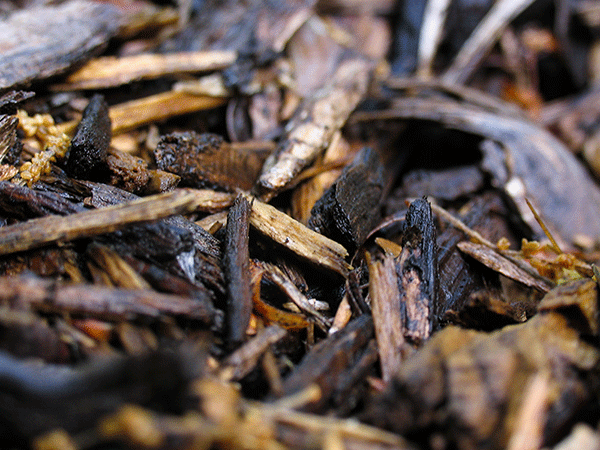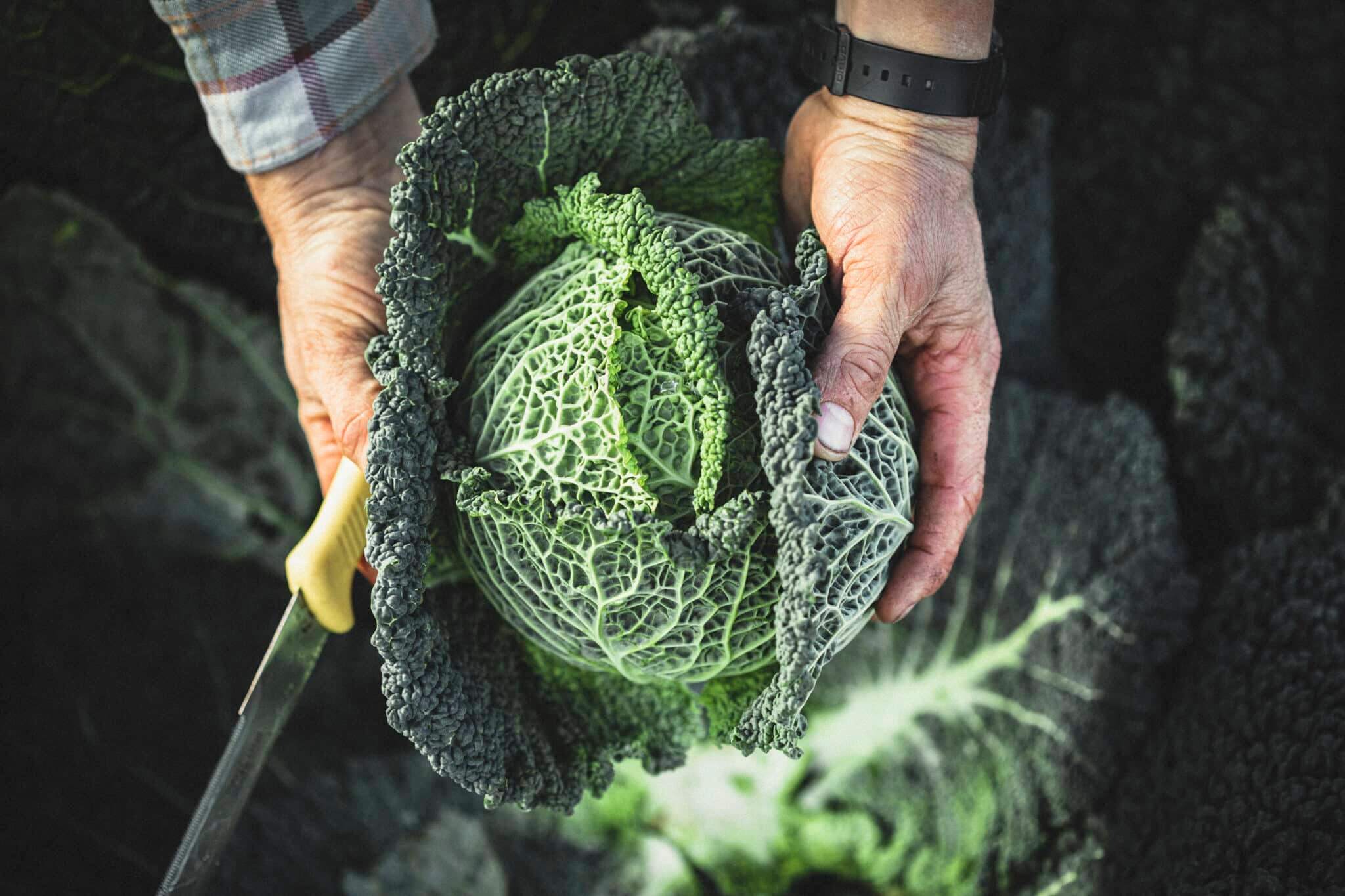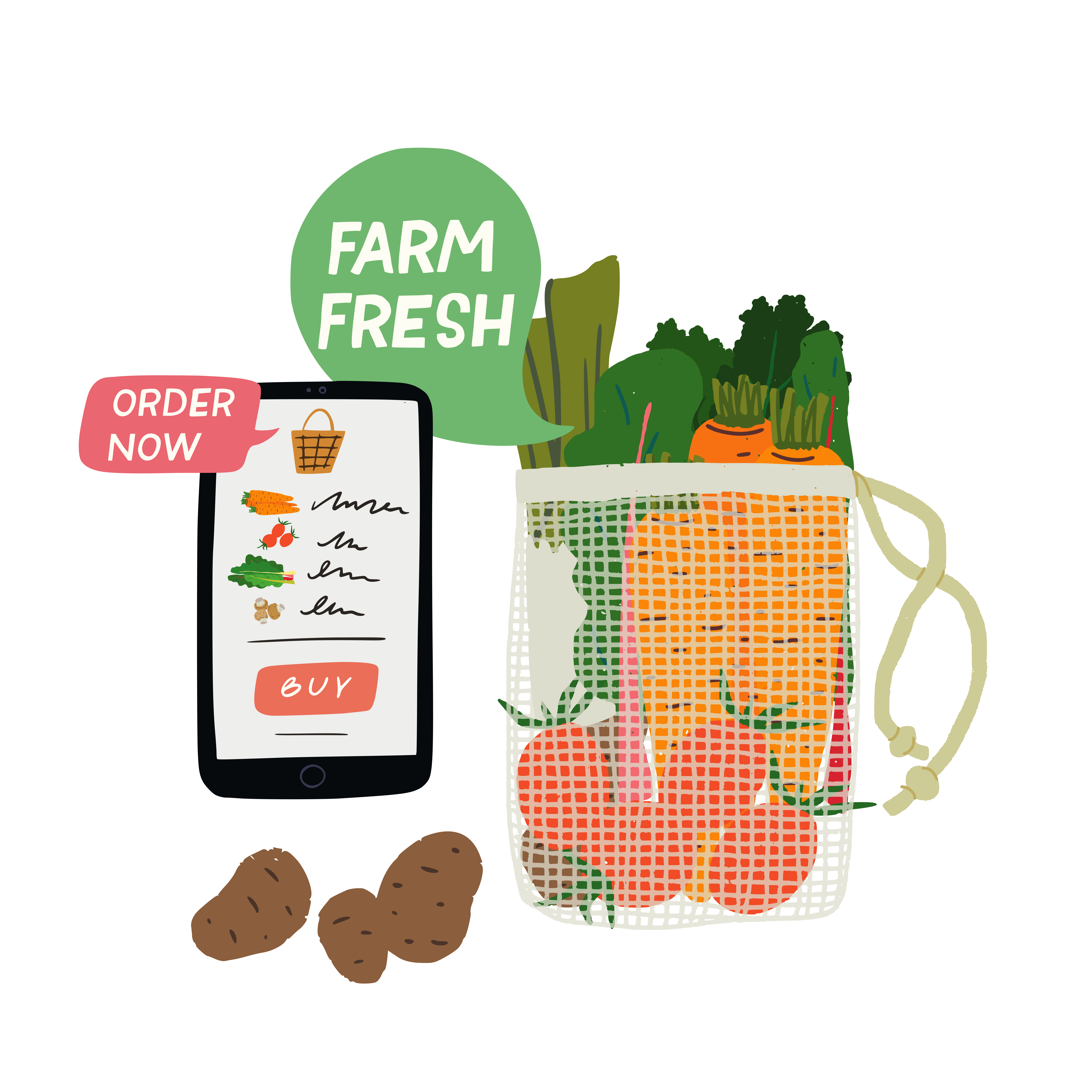Don’t you love the word ‘mulch’. It’s that satisfying combination of mud and squelch. For us earthy gardeners, a mulch is one of the best ways to take care of your precious soil.
What is a mulch? It’s an added layer which lies on top of the soil to feed it or protect it. Or both. Mulches can be made from light-excluding fabric, which will keep down the weeds. Or they can be a thick layer of organic material, such as compost, straw, grass cuttings or even gravel. These will feed the soil or lock in precious moisture.
Perhaps the best example is home-made compost mulch. As it lies on top of the soil all this rich organic matter will be pulled down by the worms and other soil life below. They will help break down the compost into nutrients for the plant roots to take up.
You can add this compost mulch any time of the year when the soil is bare. But it’s probably best done in early Spring, before sowing and planting.
So here are some other ideas for mulches, which you can do right now:
Pack thick handfuls of grass cuttings around the stems of perennial shrubs, after watering them. This summer mulch will not only conserve moisture round the plant roots, but as the grass rots down it will release nitrogen, which in turn helps with green growth.

Use small-sized gravel to cover the top of soil in pots and containers. Again, it helps keep the moisture in, but it will also deter snails crawling over to munch on young stems
Are you creating a path in your growing patch? If it’s hard surface i.e. brick or gravel, you’ll need a mulch to prevent weeds coming through. Thick layers of hard-core, firmly pressed down, plus a light-excluding membrane, will help prevent you forever being on hands and knees pulling up weeds.
And finally, here’s a mulching tip to help you clear a patch of tough perennial weeds – such as bindweed and brambles. It’s a kind of no-dig technique, and is especially helpful if you have inherited an overgrown allotment. First slash away any green weed growth. You can add this to the compost heap, taking care you aren’t including any root system. Then cover the remaining stumps/growth with a thick layer of homemade compost at least 25–30 cms in depth.
Finally pin a membrane firmly over the whole area to cover it. I find flattened cardboard works perfectly here, but be sure to weight it down. Now wait for 6–12 months for the weeds to die in the dark, and for the soil organisms to mix the bulky compost into the soil. This gives a wonderful crumbly texture which makes easy work of pulling root systems out in future.
I’ve also cleared a herbaceous border riddled with ground elder this way. I carefully lifted out the plants I wanted to keep (this is best down in autumn) and put them in pots, after scrupulous combing through their roots to get rid of the pernicious ground elder rhizomes. Then used the combination mulch of membrane and compost throughout the winter, so that by late spring I could replant my precious plants in a gorgeous, rich chocolate cake-like soil.
Go on, enjoy your mulch!
The Grow Your Own Wicked Leeks series is written by Garden Organic, the national charity for organic growing. Each month we bring you timely advice on what to do in your organic patch, whether you’re an experienced grower or just starting out. Share your own tips and gardening photos on social media under #GYOWickedLeeks.













I wonder if you have any views on a mulch idea I tried this year? An old futon marked “pure cotton” had lovely stuffing which when I burned a sample, didn’t smoke or smell, so figuring it was organic I used big lumps as mulch all around my strawberries and onions. Rotting down slowly but surely and strawberries seem happy. Found nothing by googling or talking to others to give me doubt. In your expert opinion is this nuts…?!
I use the dirty wool left over from shearing my two pet sheep as a mulch around tomatoes – it can be a bit smelly but is wonderful at holding mositure and preventing weeds. Perhaps what is in the futon is (clean) sheep’s fleece ?
I think futons are often stuffed with a wool/cotton mix. All nicely biodegradable and good for mulch. It also has the advantage of being free from weed seeds, which isn’t always true for hay, leaf mould or compost.
We used old thatch before to mulch an orchard and that did well.
Growing an area of Miscanthus grass and cutting it once or twice a season is really good too – we use a garden shredder to chop it up and it is good to use immediately or store in old ‘bulk’ bags (that builders yards deliver sand/aggregate in) We also have a bank planted with comfrey that we use to make feed but also shred for a good compost feed – particularly good around small veg plants.
If I was fighting against bindweed or other insidious perennial weeds – I would use proper Mypex membrane – most ‘weed suppressing membranes are absolute rubbish! But that one is the original and really excludes light and stops perennial growth – even bulbs…. I did this 35 years ago and it worked pretty well – even now I will get the odd tendril of bindweed – but that is it!!
I would also say that if you have a lot of perennial weed- leave it covered for 2 or 3 years… if you cover it for a winter and then uncover it expecting the roots to have died – you will be disappointed!
If you use wood or bark chippings as mulch – (I have an acre of garden – most of which is mulched with it – then i can go travelling for months at a time with no worries!) be sure to give the ground a nitrogen feed first – as the mulch will take nitrogen out of the soil as it breaks down – if you haven’t added any – your plants will suffer…. it is a balancing act – but one worth doing!
Nature abhors a vacuum – if the soil is showing – something will be a’ growing! so mulching is the best organic way of stopping rampant weed growth – whilst giving the worms and other denizens of the soil a rich and peaceful habitat to thrive in. Good soil = good plants!
I had some dirty fleeces when my sheep were shorn and used it to mulch the strawberries on the basis that if people sell wool slug pellets then the raw fleece would be even better, poo included. So far so wonderful, not a slug in sight. I’ll leave it in place to rot down slowly.